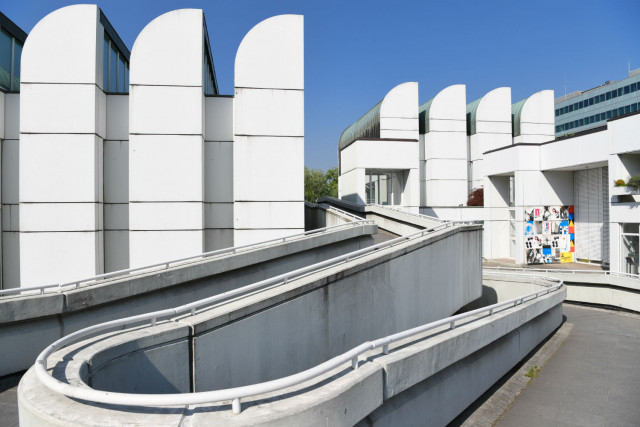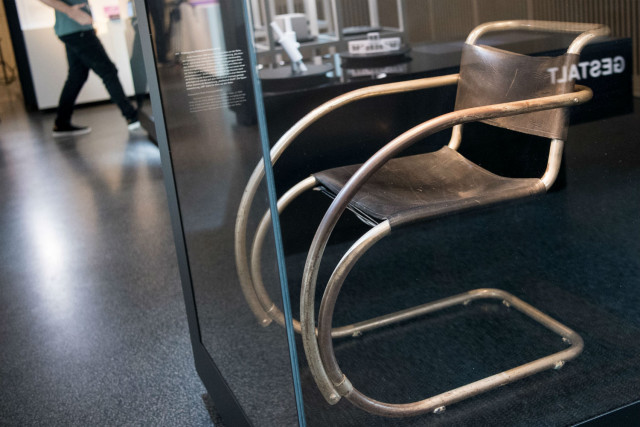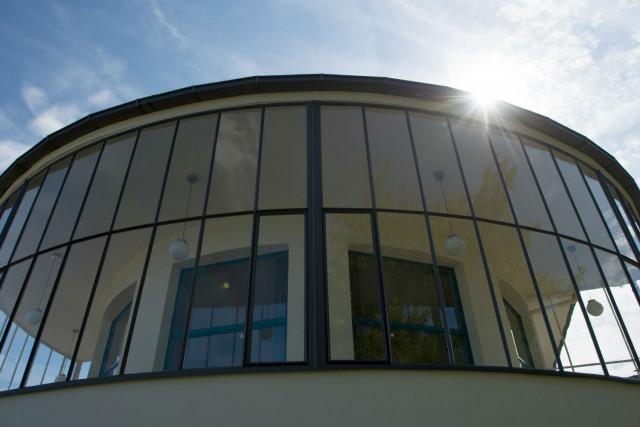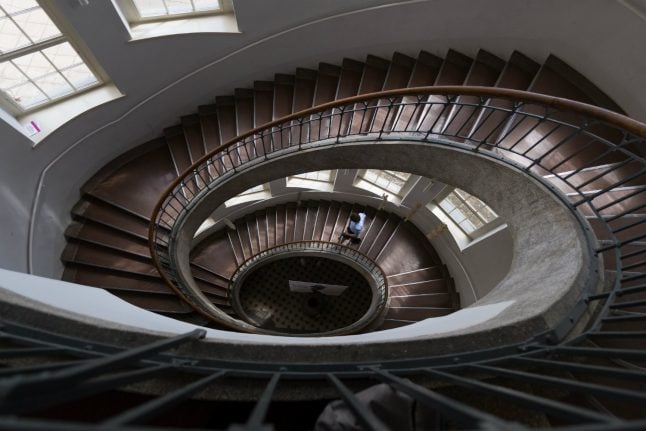Founded by Berlin Architect Walter Gropius in Weimar in 1919, the Bauhaus Art School continues to shape art, architecture and design all over the world. In the coming year, Germany will celebrate the centenary of the Bauhaus with the motto “Die Welt neu denken”: re-thinking the world.
Hundreds of events are already occurring throughout Germany and across the globe to pay homage to the revolutionary style of design.
The classic designs of the Bauhaus have long played a part in our everyday lives. Wagenfeld’s desk lamp, Brandt’s semi-spherical teapot and Mies's 'free-swigning' chair are amongst those regarded as the most significant.
The school was quickly branded as a breeding ground for modernity, and teachers such as Lyonel Feininger, Paul Klee and Wassily Kandinsky made the school in Thürigen a meeting place for the international avant-garde.
In 1925, the Bauhaus moved to Saxony-Anhalt in east Germany and the up-and-coming industrial city of Dessau. It re-located again in 1933, this time to Berlin. After this move, the political pressure of the Nazis and a drastic reduction of funds forced the Bauhaus to end, and many teachers fled abroad to continue their work. The organizers of the centenary events emphasize that despite its short 14-year existence, the Bauhaus has revolutionized design and artistic thinking worldwide.

The entrance to Berlin's Bauhaus-Archiv. Photo: DPA
“For us, the anniversary is a platform to convey the relevance of the Bauhaus ideas in the 21st century”, says Annemarie Jaeggi, the director of the Berlin's Bauhaus-Archiv, which has the world's largest Bauhaus history collection.
Between 500 and 600 events have been planned in Germany to celebrate. These events include exhibitions, readings, performances and round table discussions. A highlight of the planned events is the ‘Grand Tour Modernism’ programme, which takes visitors on a specially designed route to 100 iconic places of architectural history throughout Germany.
The featured sites include the UNESCO-protected Horseshoe Estate in Berlin, the Black Forest Hall in Karlsruhe and the German Hygiene Museum in Dresden.
“We do not want the anniversary to be about celebrating something historical. Instead we want it to show the traces that the Bauhaus has left to this day”, says Christian Bodach, head of the office of the Bauhaus Association in Weimar.

Ludwig Mies's 'free-swinging' chair in Stuttgart Stadtmuseum. Photo: DPA
The three Bauhaus institutions in Weimar, Dessau and Berlin will also play a central role in the anniversary year. In three major exhibitions they will present a comprehensive view of the Bauhaus legacy with the use of previously unseen treasures from their collections.
The year will also be marked by a large opening festival in Berlin with the patronage of German President Frank-Walter Steinmeier. From January 16-24th, 2019, the Academy of Arts will focus on the influence that the Bauhaus had on theatre, dance, film and music. Selected international artists will be invited to develop their visions for the 21st century as “radically contemporary”, just of those of the school’s founders once were.

The Kornhaus in Dessau, designed by Bauhaus architect Carl Fieger and opened in 1930. Photo: DPA
The exhibition and research project Bauhaus Imaginista has been running since this spring. In cooperation with the Goethe-Institut and well-known museums in Japan and China, Russia and Brazil, researchers and artists are discovering the movement’s global interconnections. India, the USA, Morocco and Nigeria are also taking part. The outcome of the project will be presented in the Haus der Kulturen der Welt in Berlin in 2019.
However, the biggest birthday gift is the new buildings being built in the three Bauhaus cities. In the coming years, a total of more than 6500 square meters of new exhibition space will be created. The 52 million euros required for the project are coming from the budget of the Cultural Minister, Monika Grütters (CDU), in the hope that this is how the Bauhaus legacy will be preserved for future generations.



 Please whitelist us to continue reading.
Please whitelist us to continue reading.
The most butt-ugly architecture in the history of civilization.